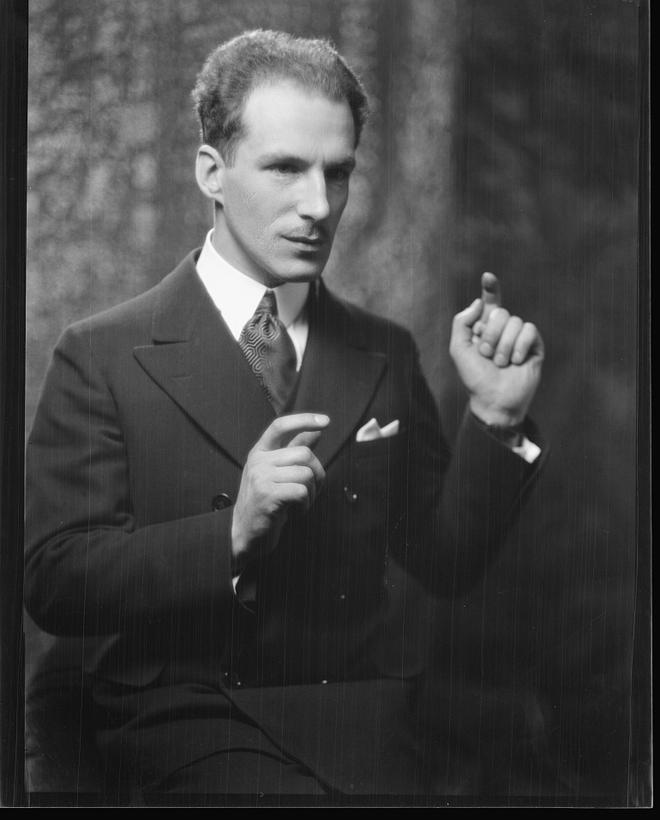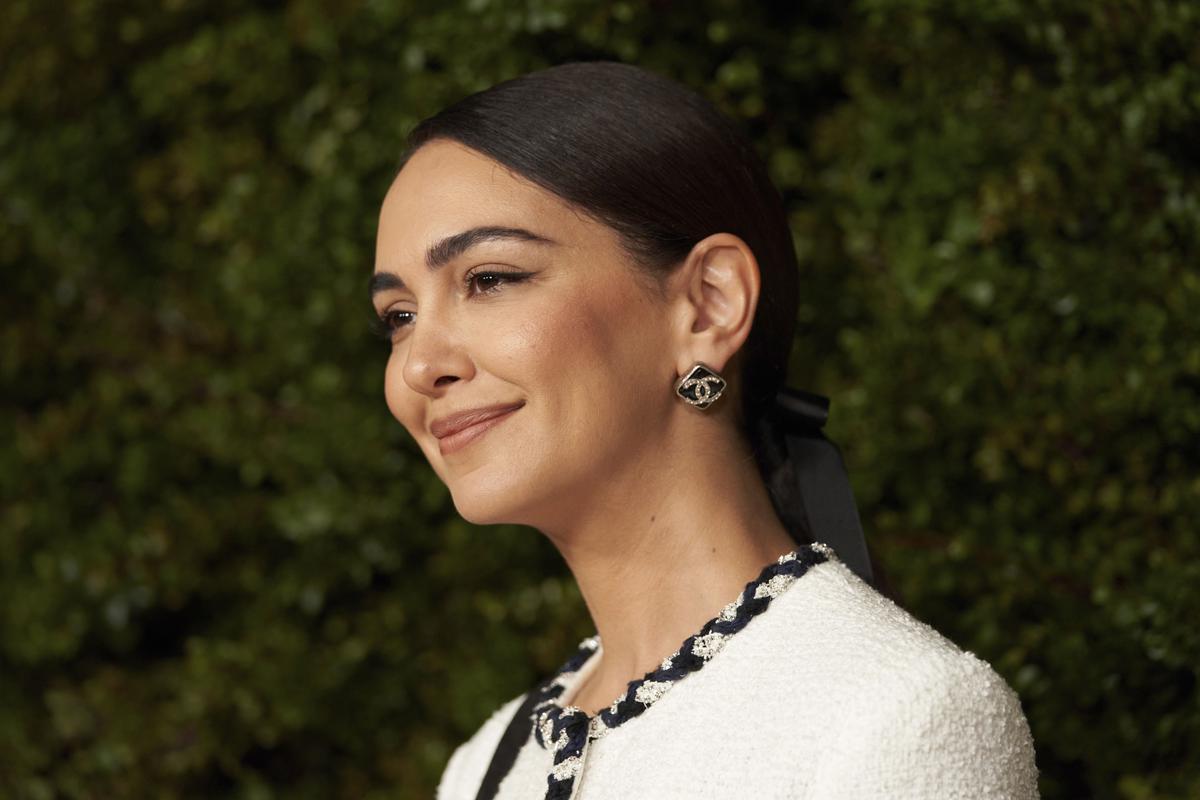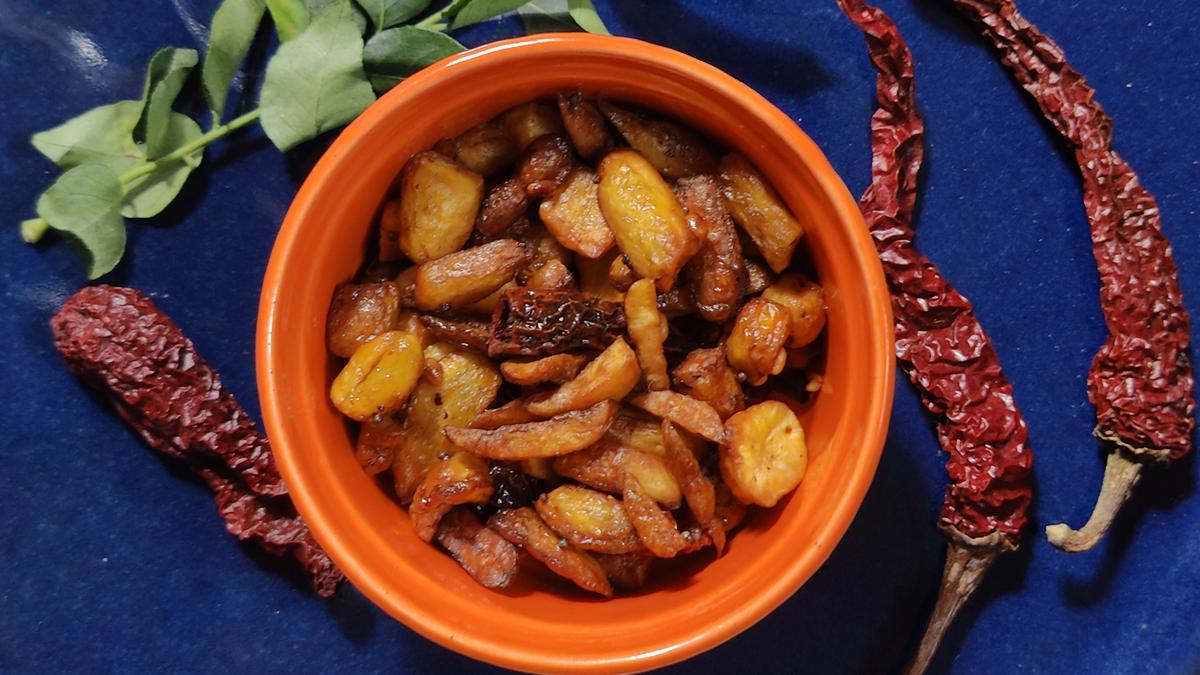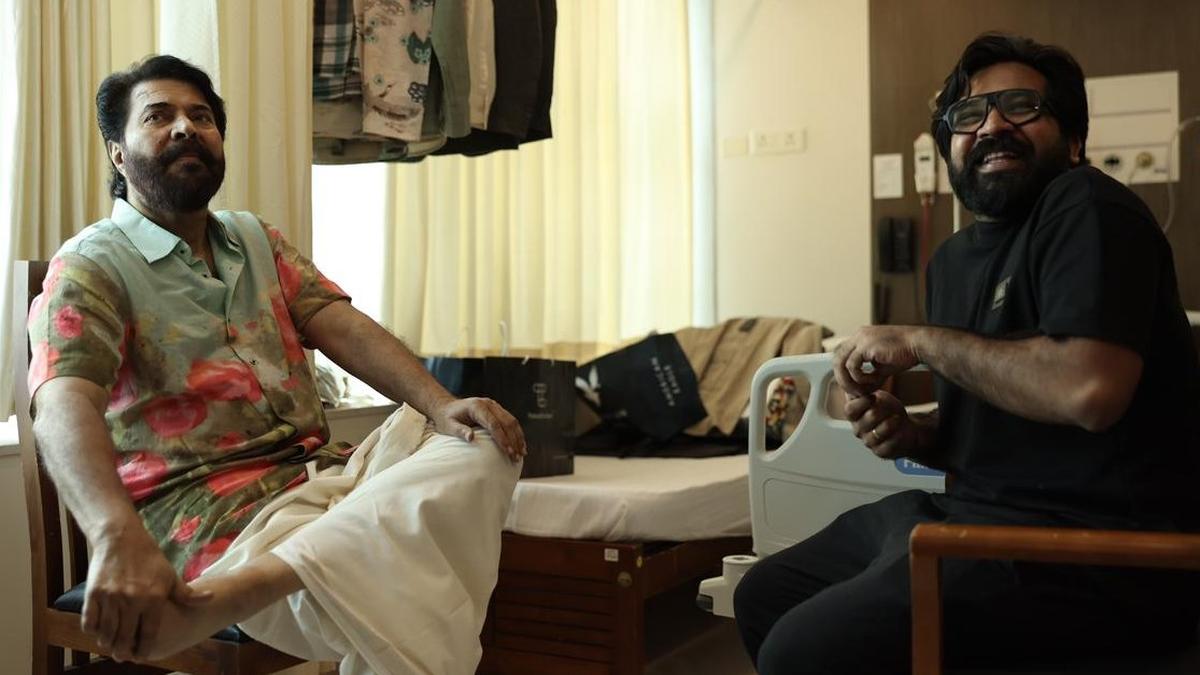Life is like playing a violin solo in public and learning the instrument as one goes on: Samuel Butler
Life is like playing a violin solo in public and learning the instrument as one goes on: Samuel Butler
A molecular biologist from Madurai, our quizmaster enjoys trivia and music, and is working on a rock ballad called ‘Coffee is a Drink, Kaapi is an Emotion’. @bertyashley

Life is like playing a violin solo in public and learning the instrument as one goes on: Samuel Butler
1.
Born on November 6, 1814, Adolphe Sax was a Belgian-French inventor who had a very unfortunate childhood. As a child he fell three floors onto a stone pavement, at three years old he drank a bowl of diluted acid thinking it was milk, was near a gunpowder explosion, fell into a frying pan, almost asphyxiated once, and fell into the river. His neighbours called him ‘little ghost’. He overcame all this to invent a whole new musical instrument when he was 25 years old. What did he invent in his name that ruled jazz?
2.
Christian Ludwig Buschmann was a German musical instrument maker who invented an instrument which had free metal reeds, fastened to a wooden block. Notes were produced by allowing air to blow through the reeds. This is one of the earliest examples of an instrument that became one of Europe’s most popular instruments in folk music. What instrument is this, the name of which means ‘musical chord’?
3.
John Compton was a builder of a specific type of wind instrument, which became prevalent in theatres, cinemas and churches in the early 1900s. Some of them are still functioning on a regular basis. What instruments are these, of which one in Finchley is housed in two chambers, each about 1,400 cubic feet and contains more than 200 pistons?
4.
Bartolomeo Cristofori started out as an apprentice to violin maker Nicolò Amati in 1680. At the age of 33 he was recruited by Prince Ferdinando de Medici to build new musical instruments. It was then that he invented something called ‘Arpicembalo’, a ‘new invention that produces soft and loud, with two sets of strings at unison pitch’. How better do we know this invention’?
5.
John Dopyera’s father used to build violins in Slovakia in 1908. After World War I, John emigrated to California where he started a shop repairing banjos. He and his brothers then were asked by George Beauchamp to improve the Spanish guitar to ensure it could be heard over the orchestra. They successfully invented something in 1932 which they sold under the name ‘Dobro’. How did they improve the Spanish guitar?
6.
Roger Linn is an American inventor who in 1980 developed and invented an electronic machine that revolutionised the way music was made. He was single-handedly responsible for the characteristic sound of the ‘80s music’. Known as LM-1 it used actual samples of a real instrument played by Art Wood. It could be programmed by anyone with basic music knowledge and resulted in a flurry of new music. What did Linn create?
7.
Richard Pockrich was an Irish musician who invented an instrument he called the ‘angelic organ’ in 1741. It is played by rubbing the differently tuned parts of the instrument with a moist finger. What commonly found item in European houses is used to make the ‘tuned’ parts of this instrument, which is now known as a ‘glass harp’?
8.
Lester William Polsfuss was an American blues guitarist who is credited with many recording inventions such as overdubbing, tape delay and multi-track recording. In 1940, while experimenting with his wood shop, he built an instrument known as ‘The Log’, which was a 4×4 piece of lumber with a bridge, neck, strings, and hand-wound pickup. What did he invent, and how better do we know his name?
9.
Leon Theremin invented an electronic musical instrument he called the ‘ætherphone’ in 1928. It consists of two metal antennas, which sense the relative position of the player’s hands and control oscillators for frequency with one hand, and volume with the other. Its eerie sounds have led it to being used in movie soundtracks for either horror or extra-terrestrial scenes. What is unique about the playing of this instrument?
10.
Walther Nernst was a German chemist whose work on the third law of thermodynamics won the 1920 Nobel Prize in Chemistry. In 1930, he invented the ‘Neo-Bechstein-Flügel’, which was an electric piano that used electromagnetic pickups to produce electronically modified and amplified sound in the same way as an electric guitar. He was helped in developing this by a friend. Who was this friend who won his Nobel Prize in physics a year later?








